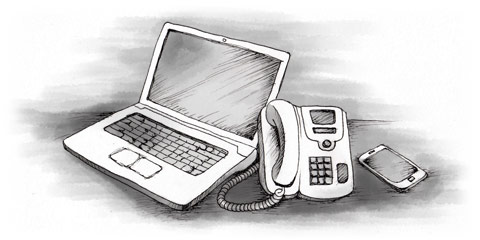Each calling card is slightly different, but they all work with the following process:
1. Dial the access number
2. Enter your PIN-number
3. Dial your destination
Some cards might have an option which asks you to choose a language – others have menus where you can get other services. A good example of this is that many cards allow you to turn on number recognition, so if you call from home you can get the card to recognise you after the first call so you don’t have to enter the PIN again.
Access numbers
There are two types of numbers available to call:
- Local access numbers: You pay for a local call (from your home phone, public phone or mobile). The international connection is then paid for from the calling card. You get the same number of minutes calling from a fixed or mobile phone.
- Toll-free access numbers : You don't pay for the local call. Both local and international connections are paid for from the calling card. Using a toll-free access number means you are charged a higher rate per minute by the card provider (since the provider pays the local connection as well).
Credit and calling minutes
Some cards give your remaining balance after entering your PIN. When you dial a number, all cards will tell you how many minutes you have left. As rates differ between countries, the number of minutes remaining will depend on where you’re calling.
Dialling your destination
Once you dial your destination number the call starts connecting. This can takes longer than a normal call (especially calling a mobile), so give it a few seconds.
Redialling and follow-on calls
All cards let you redial and make follow-on calls so that you don't have to hang up, dial and enter your PIN again. Look at the instructions for each card.

